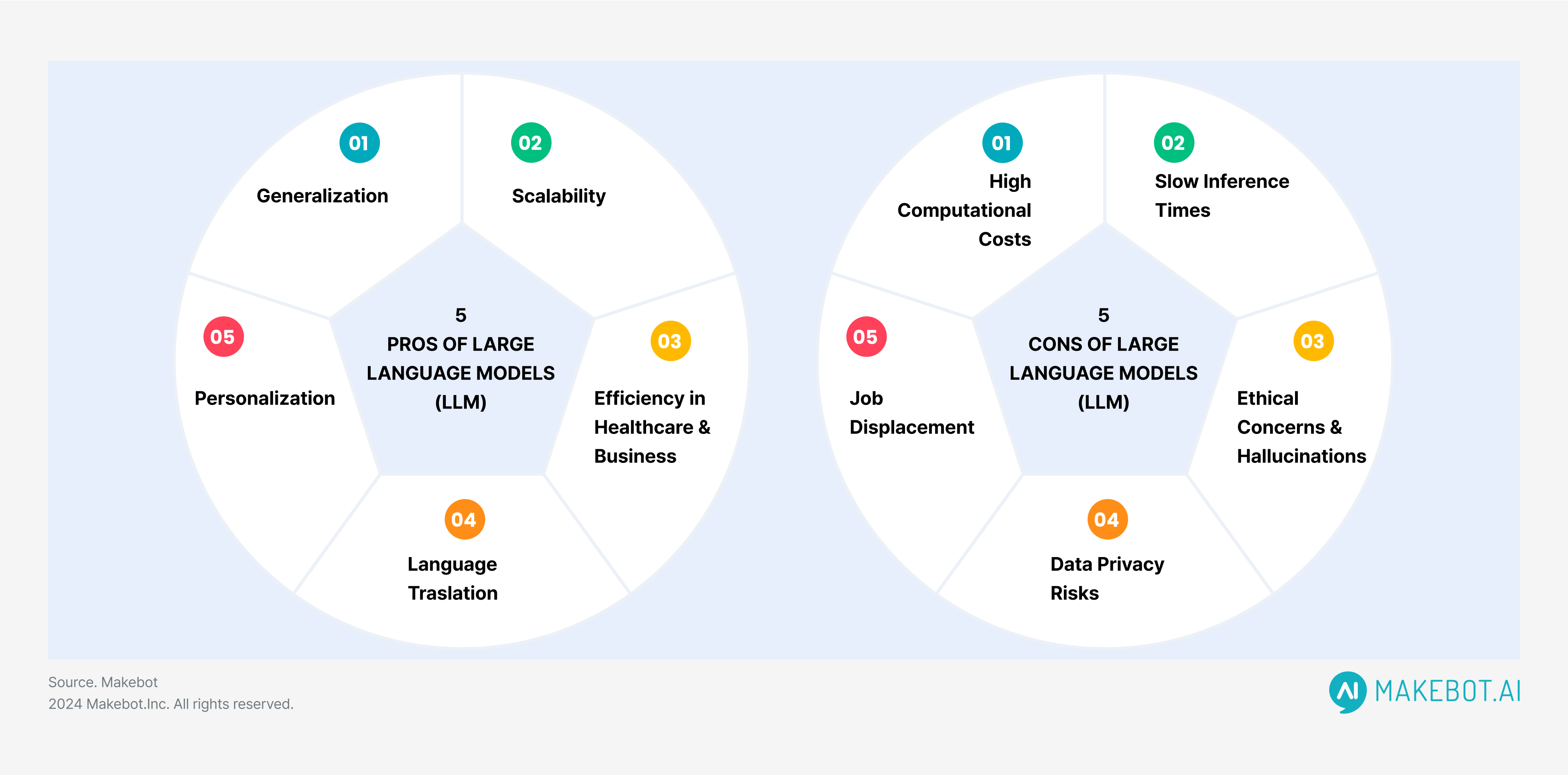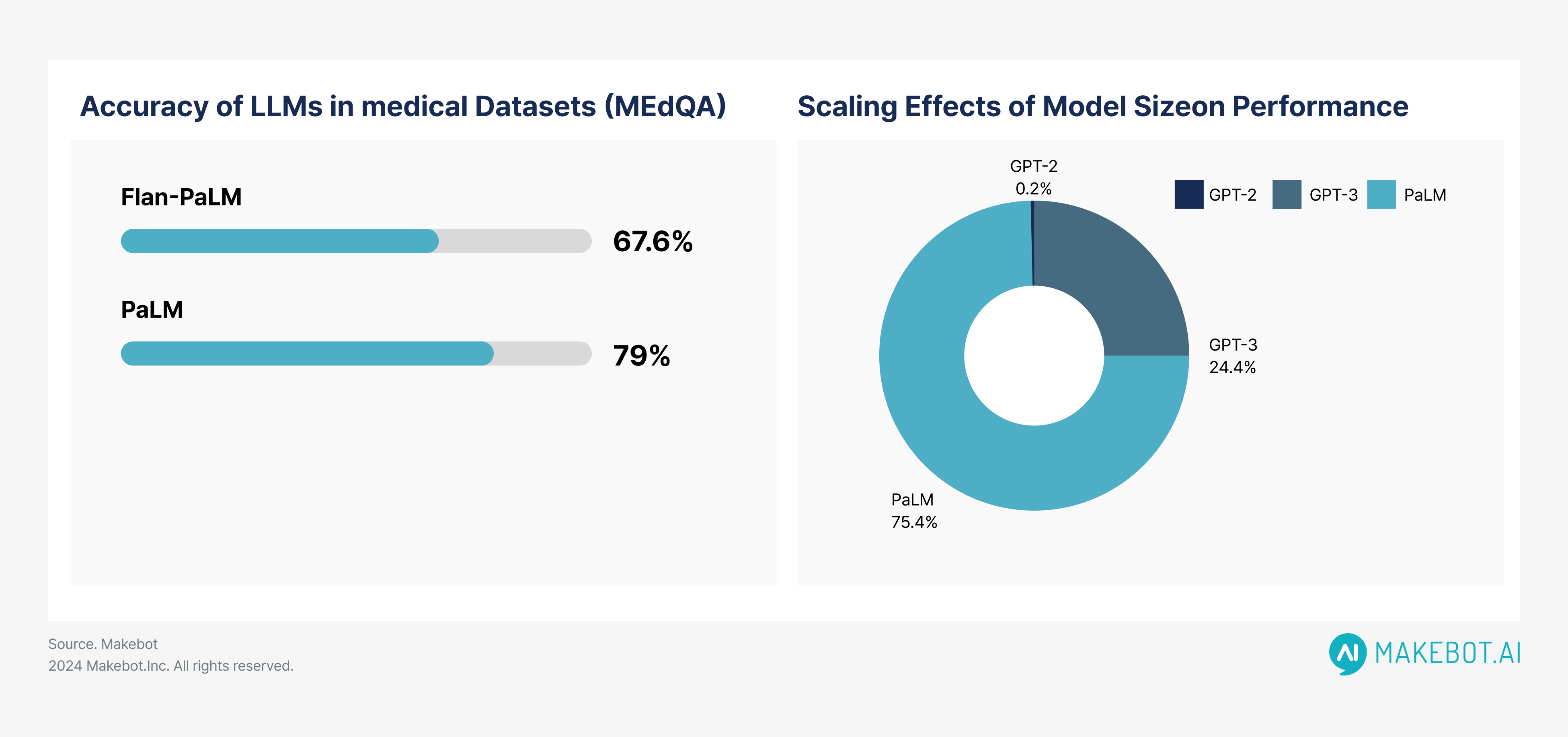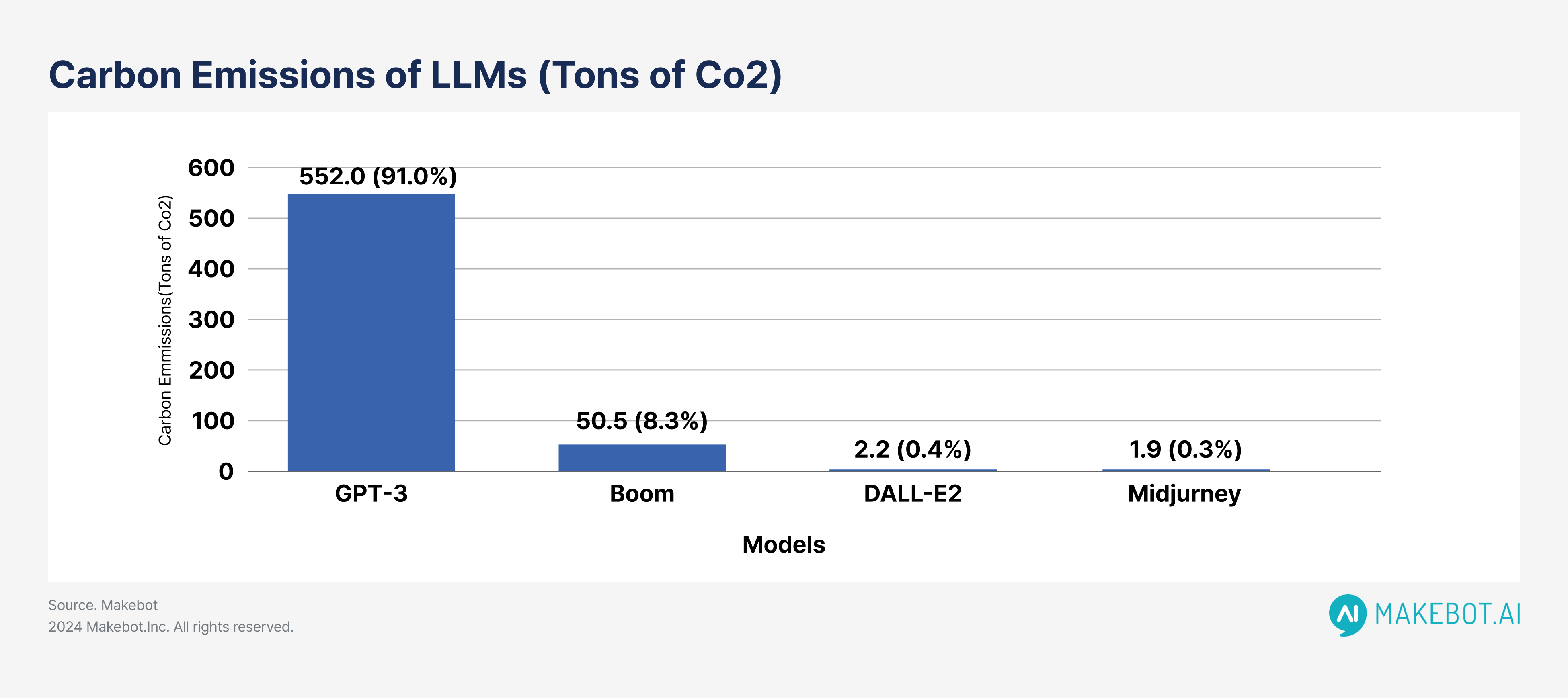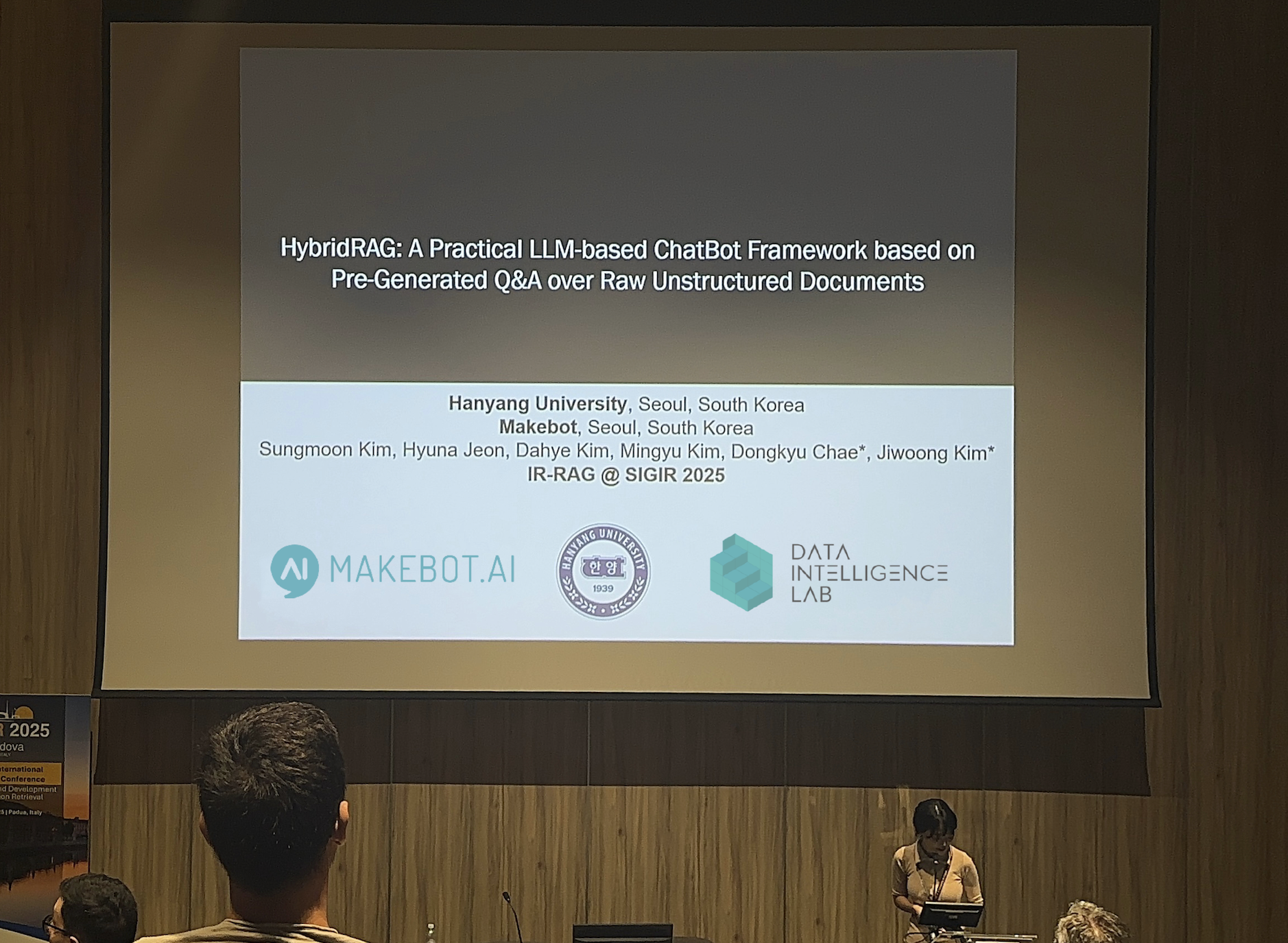Large Language Models : Pros and Cons
Large Language Models: Pros, cons, and their impact on the world. Discover more.


In our previous blog titled "Are Large Language Models (LLMs) the Future of AI?", we explored the transformative impact of LLMs on various industries and their evolution over the years.
We discovered that these models are capable of understanding and generating human language, revolutionizing fields like healthcare, finance, and education.
In this blog, we will delve into the pros and cons of Large Language Models (LLMs), examining their benefits and challenges to provide a balanced perspective on their role in AI today.
Large Language Models Across Healthcare and Other Industries
Large Language Models (LLMs), including OpenAI’s GPT-4, Google’s PaLM, Meta’s LLaMA, and DeepMind’s Chinchilla, have revolutionized industries by offering unprecedented language processing capabilities.
These AI models, which consist of billions of parameters, are being utilized in diverse fields such as healthcare, education, e-commerce, and business to automate tasks, generate content, and make complex decisions.

However, while these models provide numerous advantages, they also pose significant challenges.
This article explores the pros and cons of Large Language Models (LLMs), supported by metrics from various studies and industries.
A Quick Overview of LLMs
Large Language Models (LLMs) are AI systems designed to understand, generate, and interpret human language. With billions of parameters, these models are capable of a wide range of tasks, including language translation, content creation, and even medical diagnostics.
Large Language Models (LLMs) like OpenAI’s GPT-4, which has over 175 billion parameters, have been employed across industries to solve real-world problems by leveraging vast datasets for training.

Pros of Large Language Models
- Generalization and Zero-Shot Learning
- Large Language Models (LLMs) , such as GPT-4, excel at generalizing across tasks without explicit prior training. This capability, known as zero-shot learning, allows these models to assist in areas like clinical decision-making and diagnostics.
- Example:
- Google's Flan-PaLM achieved 67.6% accuracy on the MedQA dataset, surpassing previous benchmarks by over 17%, showcasing LLMs' potential in specialized domains.
- Google's Flan-PaLM achieved 67.6% accuracy on the MedQA dataset, surpassing previous benchmarks by over 17%, showcasing LLMs' potential in specialized domains.
- Scalability and Enhanced Performance
- The larger the model, the better the performance. GPT-3, with 175 billion parameters, vastly outperforms GPT-2, which had only 1.5 billion parameters.
- PaLM, a 540-billion-parameter model, achieved 79% accuracy on the PubMedQA medical dataset, showing the benefits of Large Language Models (LLMs) in healthcare.
- Improved Efficiency in Healthcare and Business Operations
- Large Language Models (LLMs) automate labor-intensive tasks, offering significant time savings. In healthcare, they help clinicians by sifting through vast amounts of medical data.
- A study with PaLM models showed an increased rate of reduction in the time taken for clinicians to identify critical patient data. In business, LLMs have improved response speeds by up to 70%, leading to higher customer satisfaction.
Read Also : What is AI in Marketing: Top Pros & Cons
- Language Translation and Breaking Barriers
- Multilingual Large Language Models (LLMs) , like GPT-4 and PaLM, are bridging language gaps by translating over 100 languages in real time.
- Large Language Models (LLMs) in healthcare allows seamless communication between doctors and patients who speak different languages, improving accessibility to medical services.
- Personalized User Experiences
- LLMs provide personalized experiences in sectors like e-commerce and healthcare. For example, AI-driven models analyze browsing and purchase history, increasing conversion rates by 36% in online shopping.
- Large Language Models (LLMs) in healthcare help create personalized treatment plans, improving patient outcomes and satisfaction with targeted healthcare interventions.
- Business Efficiency and Personalization
- Generative AI is widely used for content production, with 76% of marketers and 82% of sales professionals using it for text creation.
- Personalized customer experiences are enhanced by AI-powered recommendation engines, with 70% of consumers more likely to buy from companies using AI.
- AI improves data analysis, helping companies identify trends and make data-driven decisions.
- Deloitte reports that AI improves employee performance, saving 1.75 hours daily, or a full workday each week.
- In customer service, AI increases issue resolution by 14% per hour, reduces handling time by 9%, and lowers employee attrition by 25%.
- Generative AI is widely used for content production, with 76% of marketers and 82% of sales professionals using it for text creation.

Cons of Large Language Models
- High Computational and Environmental Costs
- Training LLMs like GPT-4 requires extensive computational resources, running thousands of GPUs for weeks. Training GPT-3 alone consumed 1,287 MWh, equivalent to the carbon footprint of 120 passenger vehicles driving for a year.
- These high costs restrict access to LLM technology, mainly to large organizations, excluding smaller enterprises.
- Slow Inference Times
- LLMs can struggle with slow response times when processing complex inputs. In healthcare, slow inference can delay life-critical decisions, such as emergency diagnostics.
- Complex queries can experience latency that is projected up to 30% longer than simpler tasks, affecting user experience in time-sensitive industries like customer service.
You may Also Read : What is a Negative Prompt in AI? Your Simple Guide
- Ethical Concerns and Hallucination Issues
- LLMs are prone to hallucinations, generating biased or inaccurate information. A study found that 38.6% of facts generated by LLMs contained inherent biases or errors, posing risks in healthcare and business.
- These inaccuracies can lead to inappropriate treatment recommendations or biased product suggestions, potentially damaging reputations and perpetuating inequalities.
- Data Privacy and Security Risks
- LLMs rely on large datasets, raising concerns about privacy and data security. Unauthorized access to sensitive information, such as patient records, can result in ethical violations.
- A 2023 report indicated that healthcare AI systems experienced data breaches or security risks, highlighting the ongoing need for stronger data protection.
- Job Displacement and Workforce Reduction
- The automation of language-based tasks by LLMs threatens jobs, particularly in sectors like healthcare, where roles such as medical transcriptionists and coders are at risk.
- A report from May 2023, AI-driven automation led to the loss of 3,900 jobs in the U.S., accounting for 5% of all job losses during that month which affects both low-skill and higher-level positions like paralegals and junior lawyers.
The Future of AI: Benefits and Challenges of Large Language Models
Large Language Models (LLMs), such as GPT-4 and Google's PaLM, are revolutionizing industries by offering unmatched generalization capabilities, scalability, and performance.
From assisting in clinical decision-making with a 67.6% accuracy in medical diagnostics to reducing labor-intensive tasks in business by up to 70%, these models are shaping a future of efficiency and personalized experiences.
However, these benefits come with notable challenges.
High computational costs, slow inference times, and the potential for data privacy breaches raise concerns. Ethical issues, such as hallucinations and biases, coupled with the risk of job displacement, remind us that while Large Language Models (LLMs) unlock vast potential, careful regulation and human oversight are essential to ensure responsible and equitable use.
Read also : Your Comprehensive Guide to the 6 Types of Generative AI
Balancing the pros and cons of Large Language Models (LLMs) will define how we integrate this transformative technology into our daily lives, shaping industries and society at large.
For inquiries regarding the development of Large Language Models (LLMs), please contact Makebot.ai.

Studies Reveal Generative AI Enhances Physician-Patient Communication













































_2.png)


















.jpg)


































